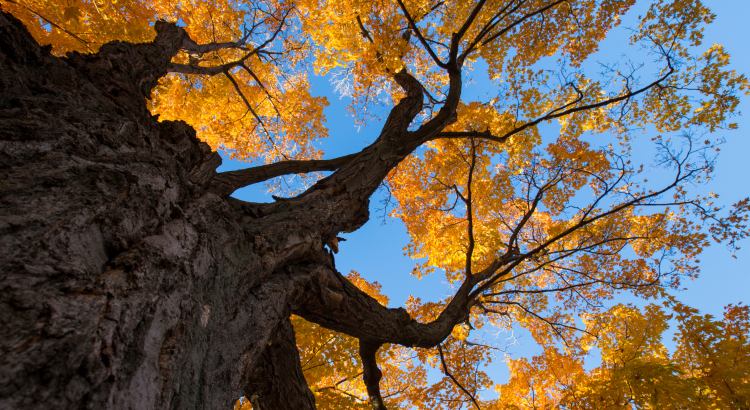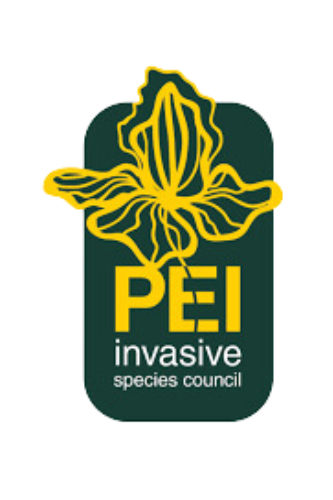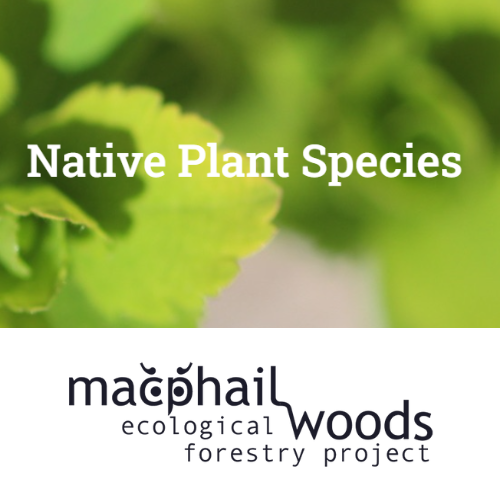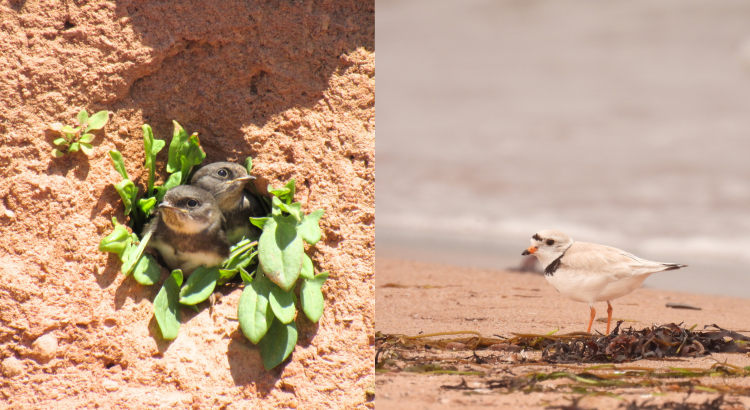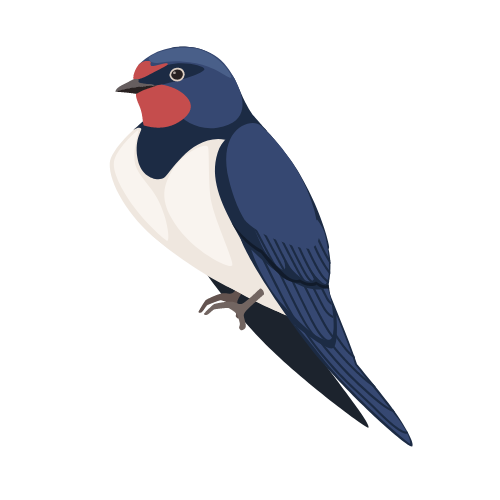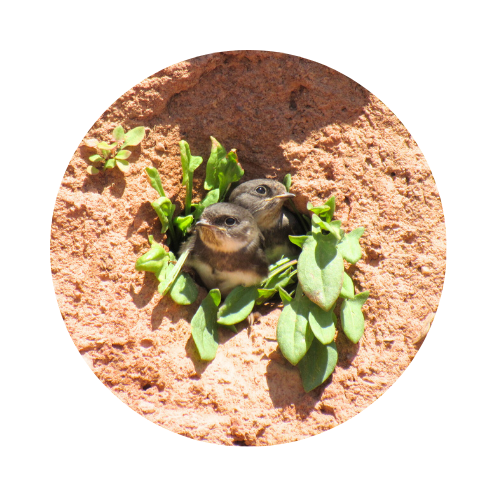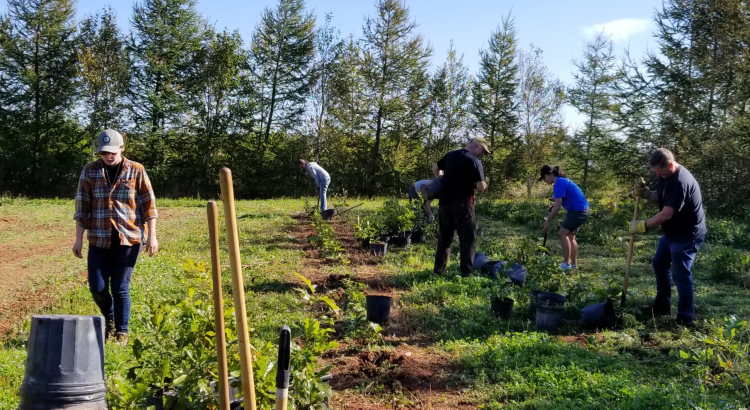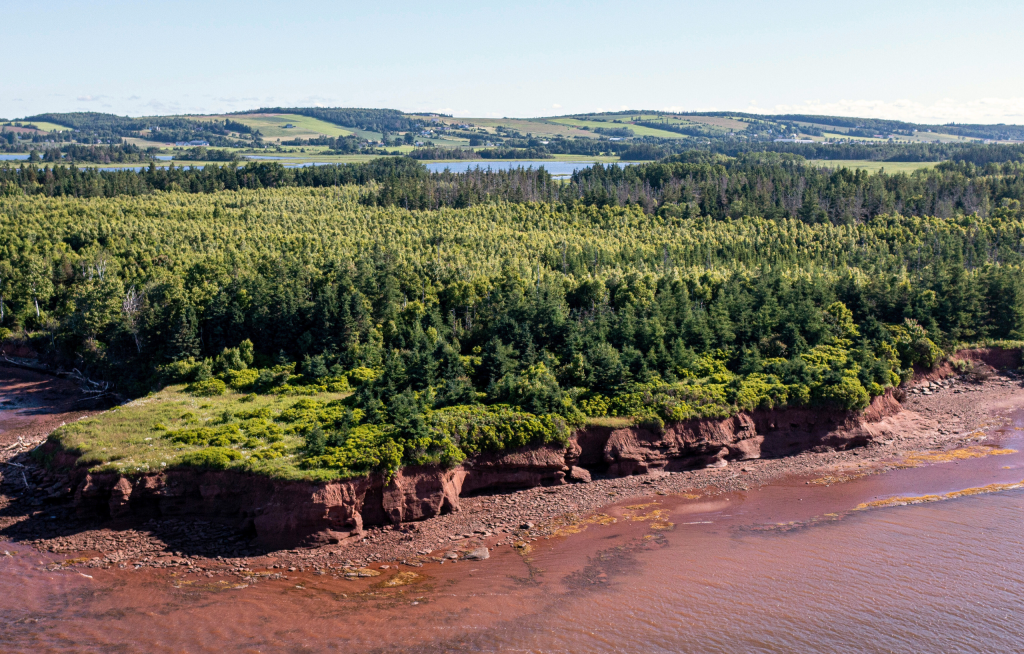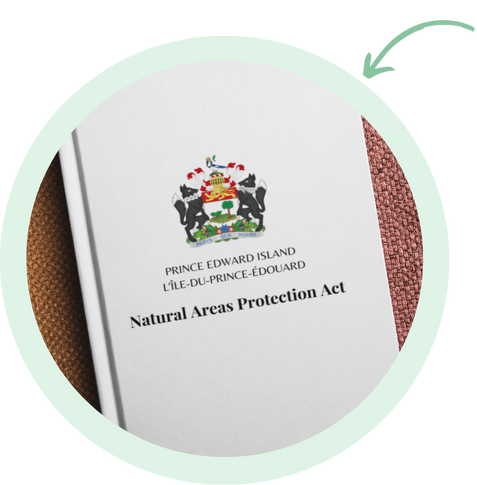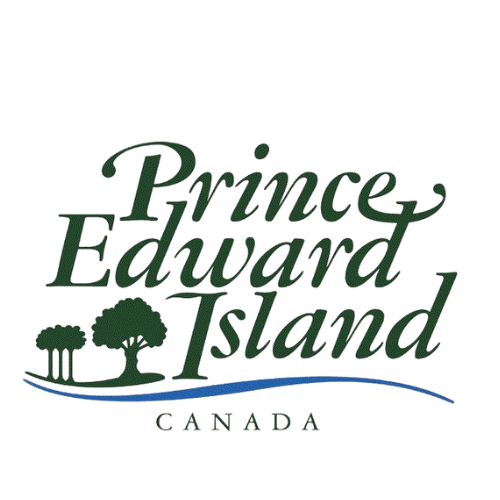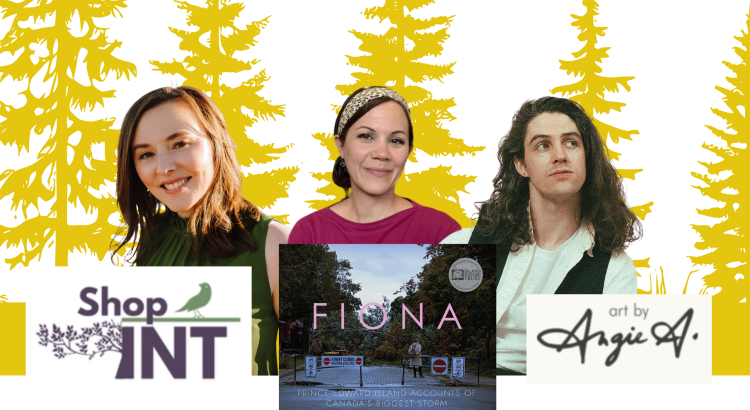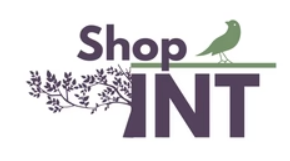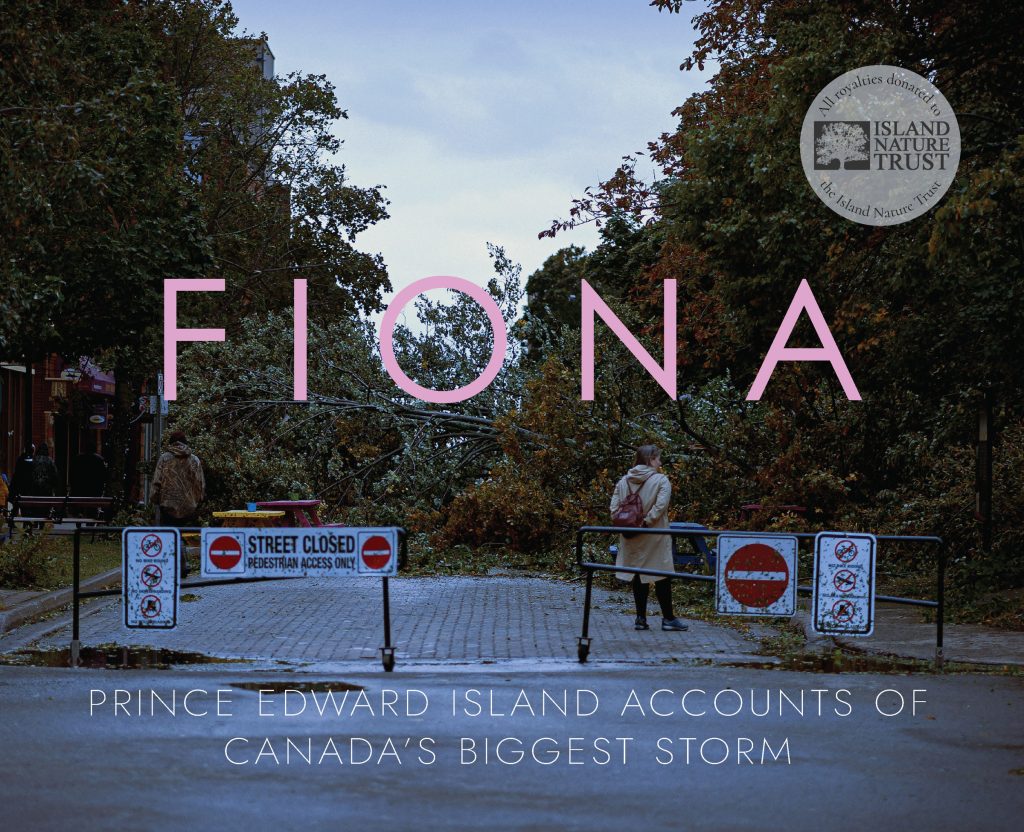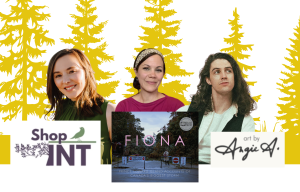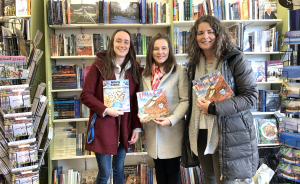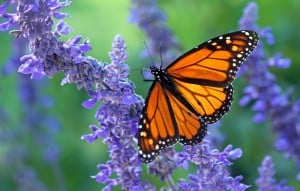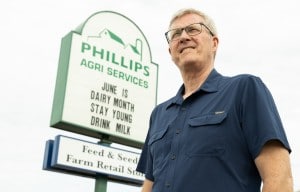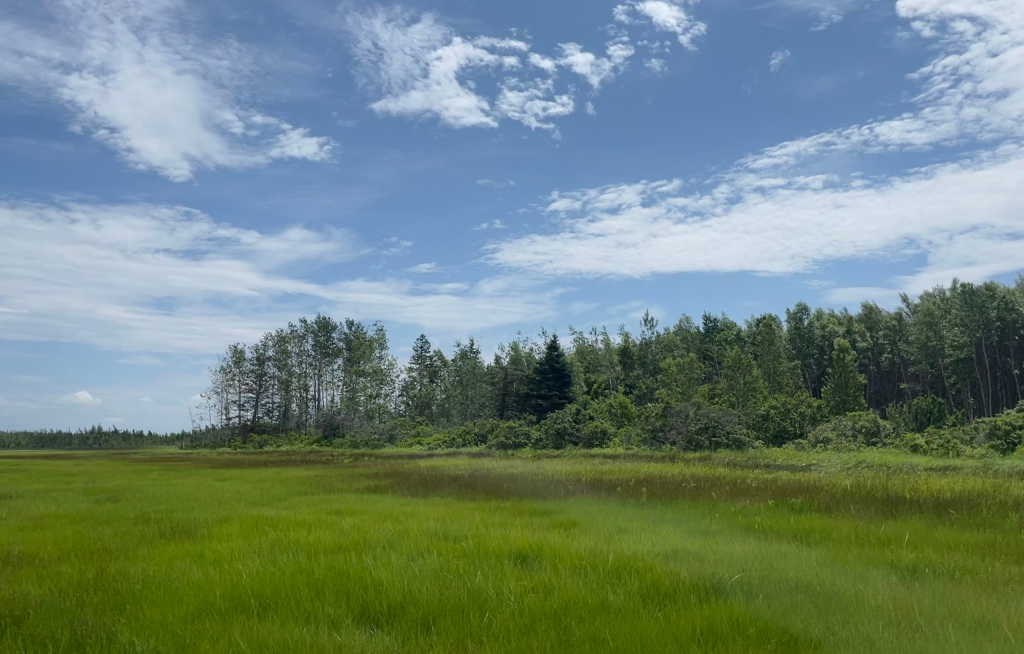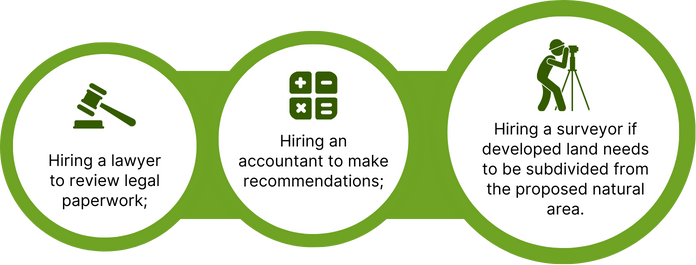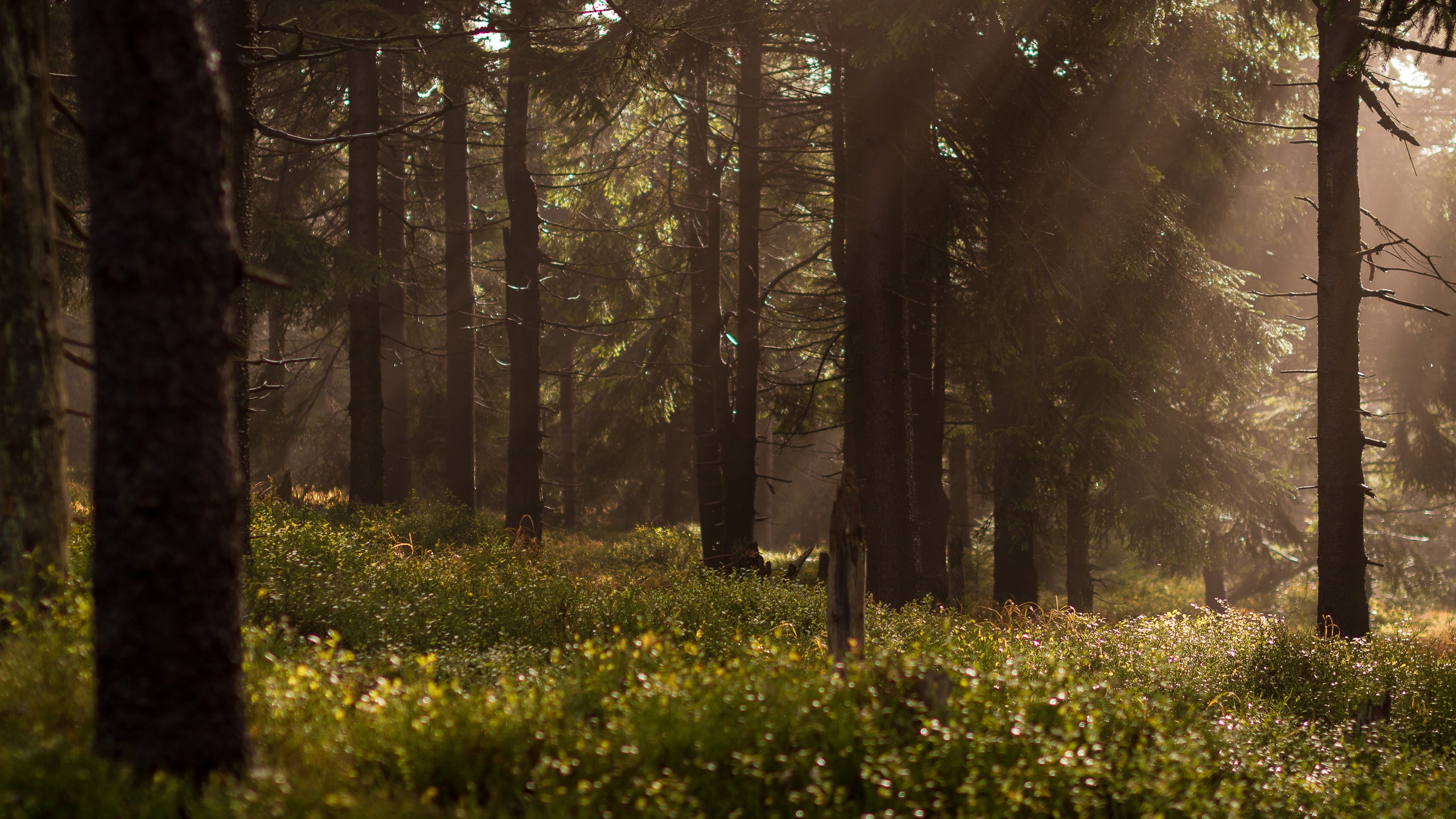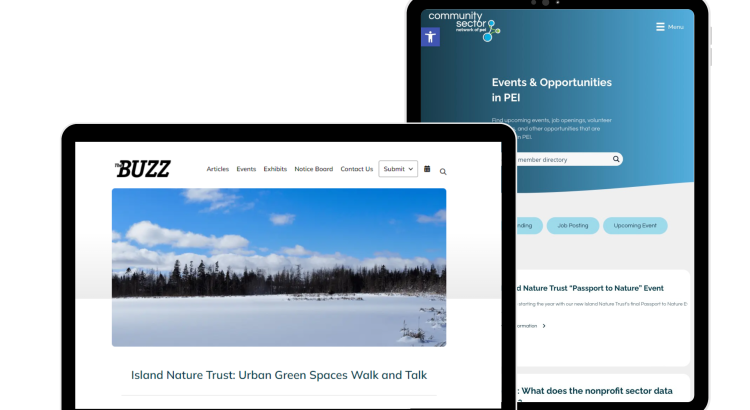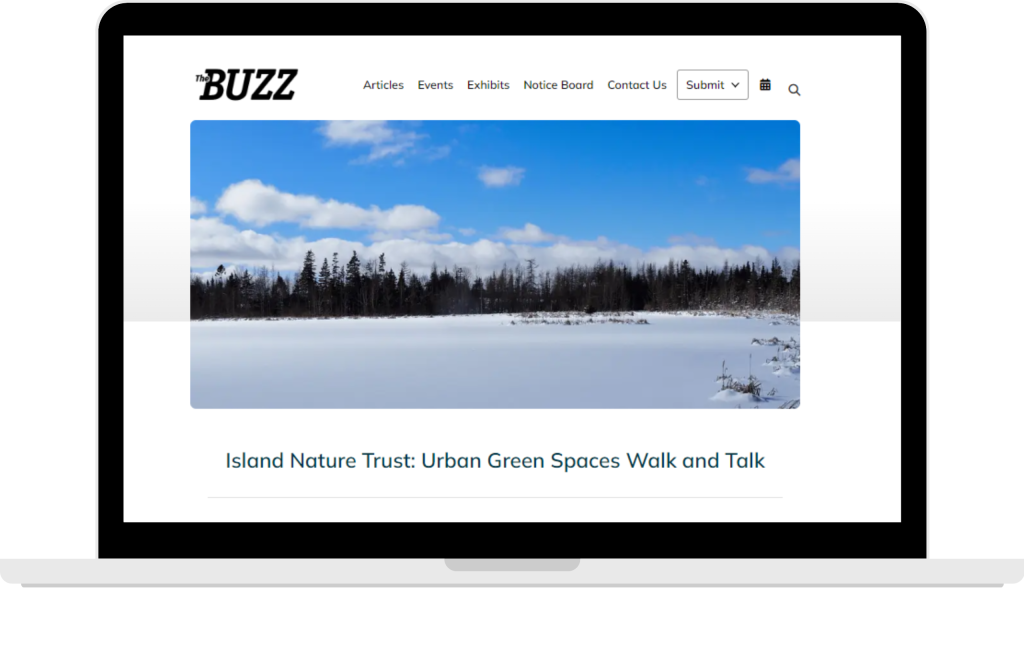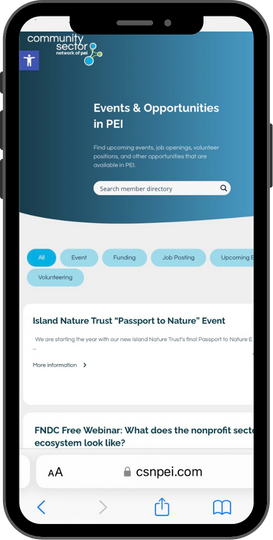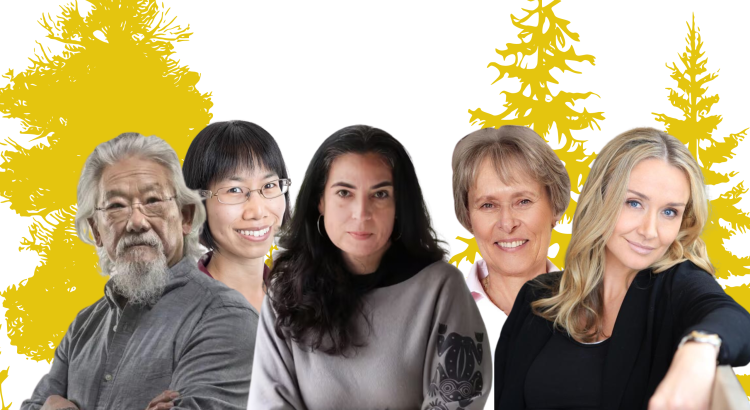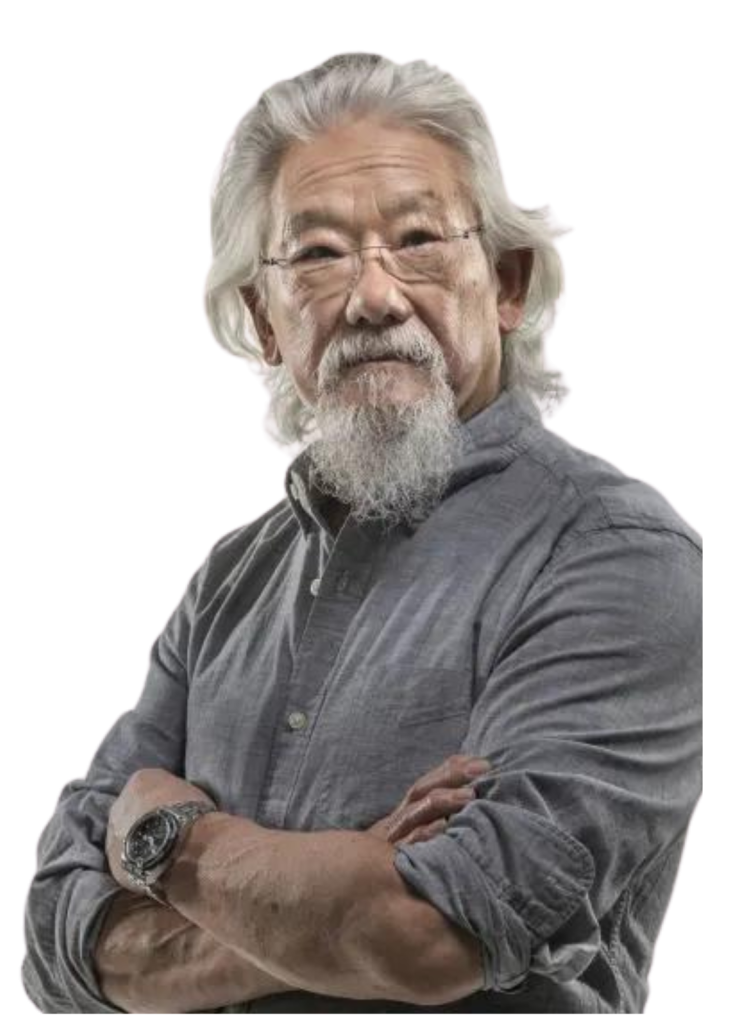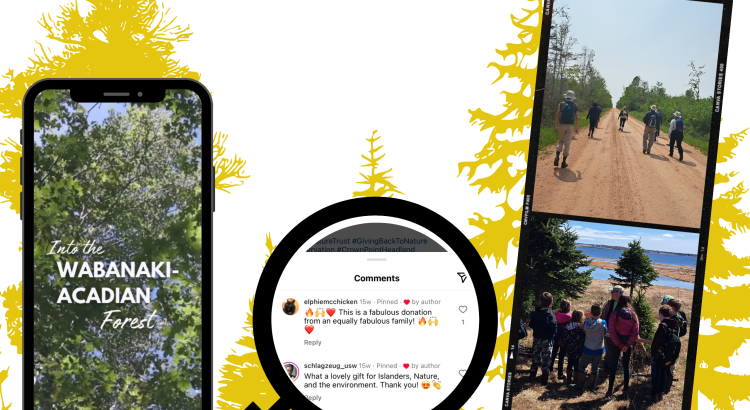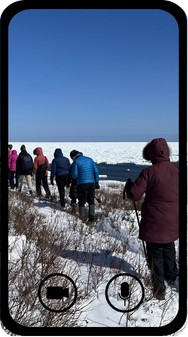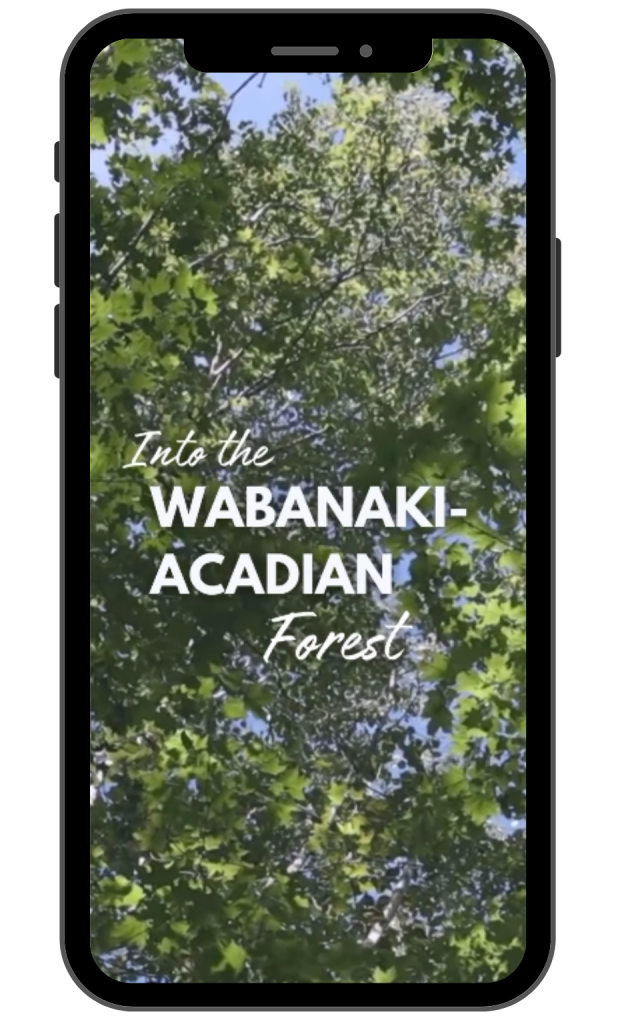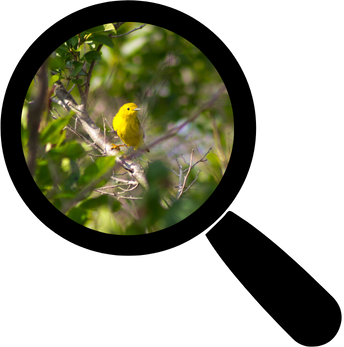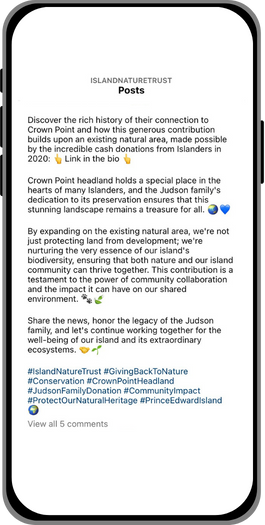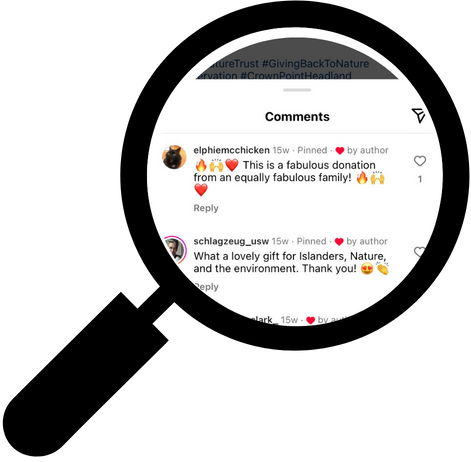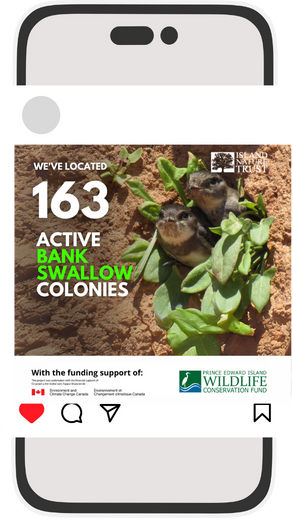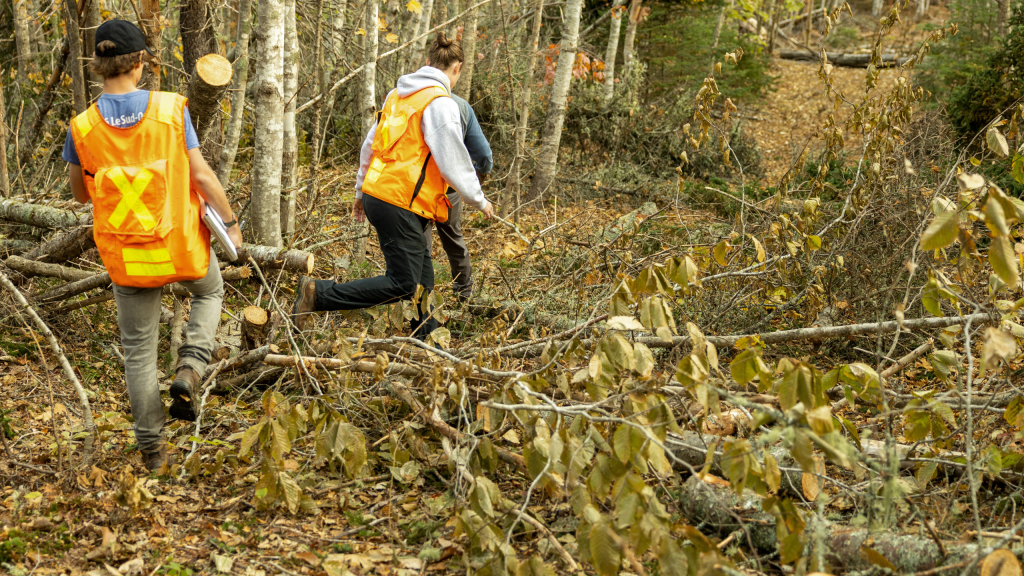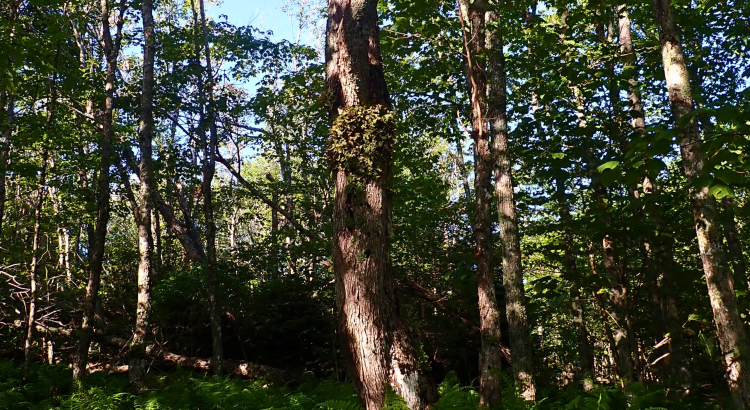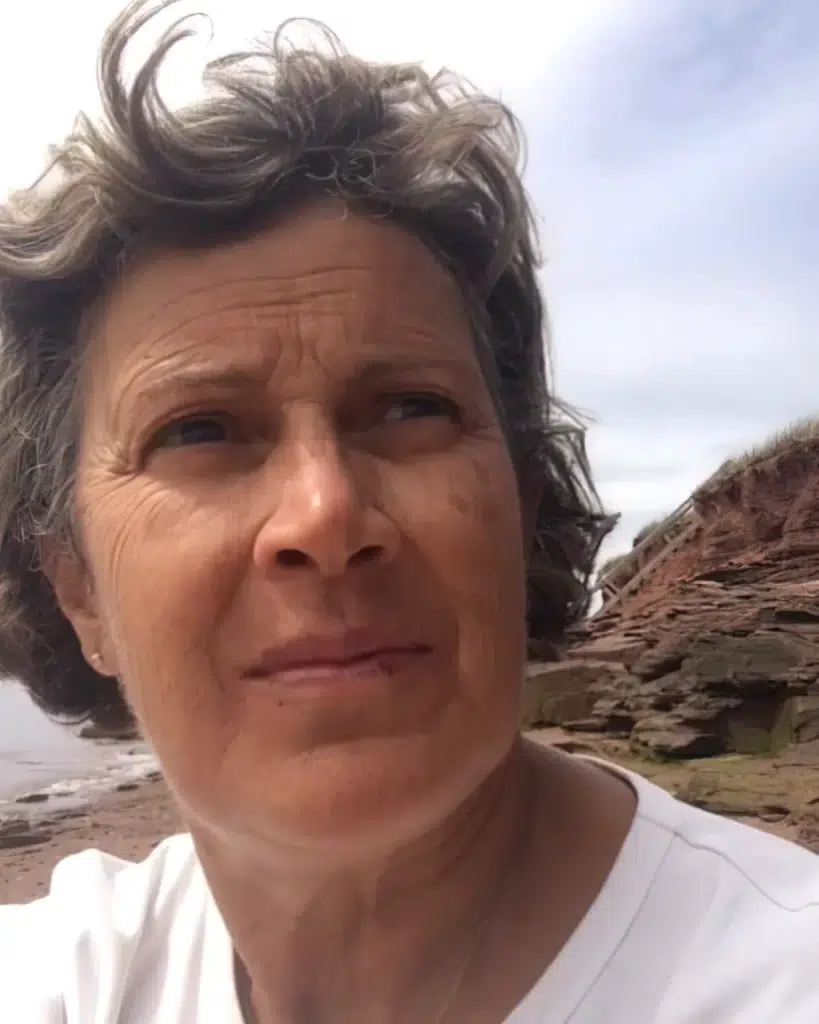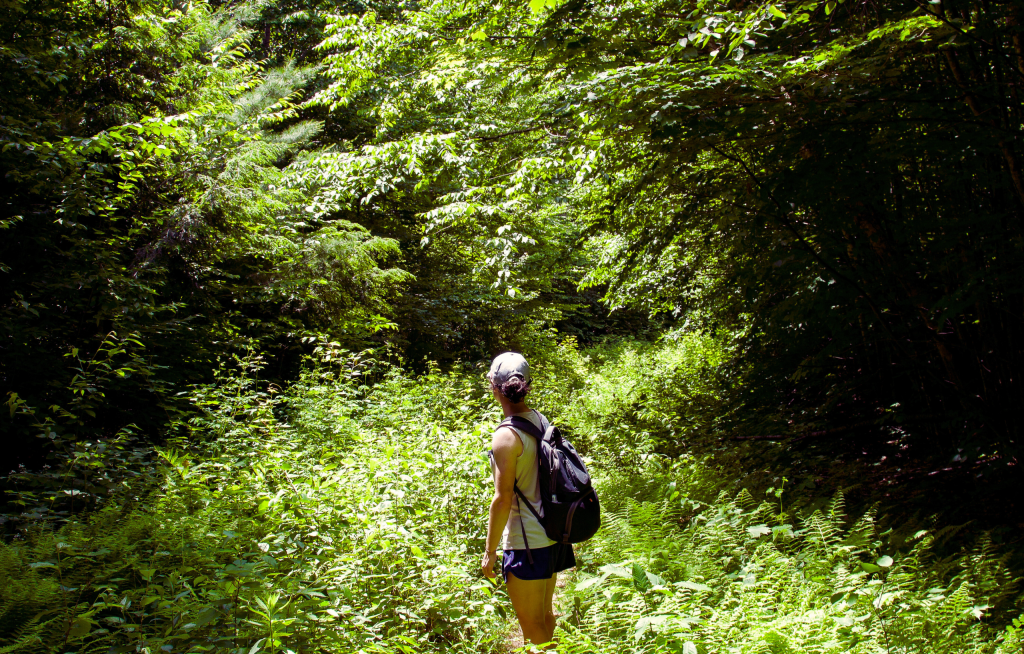As a direct impact of post-tropical storm Fiona, many of Prince Edward Island’s seed-bearing trees are laying horizontally; fortunately, word is spreading about the benefits of natural decomposition of those trees. Although it will take time for the trees to decompose and make room for new growth, this process will increase the quality of nutrients that are available in the soil. However, for the time being it seems as though many of the trees that have fallen are still rooted to some degree and they are not ready to stop providing. As you walk through the woods you may notice that the downed trees are persisting and continuing to bear flowers that will later become seeds. This makes the seeds of the larger, mature trees more accessible and gives landowners the opportunity to try their hand at harvesting and starting their own native species seed bank.
Here are a few quick tips, tricks, and notes to keep in mind if you wish to start growing your own native trees:
1.
Many species need to go through a stratification process to germinate successfully. In our northern climate, cold stratification is achieved naturally when trees release their seed in the fall, allowing them to overwinter in the organic material below. This process can also be achieved artificially by placing the seeds in a sealable plastic bag with a moist starting medium, typically sand, vermiculite, sphagnum moss, or potting soil. Different species will have different requirements in terms of length of stratification and temperature (some need cold and warm stratification).
2.
Not all seeds will be viable. The viability of most seeds can be estimated by placing the seed in a bowl of water; the seeds that float will not germinate and should be discarded.
3.
Be respectful, do not collect seed from someone else’s property without permission.
4.
Geographic location – some trees carry diseases, fungi, or pathogens that may be harmful to other trees. For example, the American beech (Fragus grandifolia) suffers from beech bark disease which is the combination of the beech scale insect (Cryptococcus fagisuga) and a native canker fungus (Nectria) that impacts a large percentage of the beech trees on PEI.
5.
Ecosystem requirement for each species – be sure that you have an area that is suitable for the species you harvest before harvesting. If you do not have a place for these species to thrive, perhaps it would be best to leave the seeds of that tree for the next person to harvest, for them to regenerate where they are, or as a source of food for the wildlife that reside in the area. Fun fact – some of our migratory bird populations are at risk and with the destruction of Fiona their seed sources may be depleted so try not to over harvest – plus birds are an excellent source of seed dispersal.
6.
Some of our key native Wabinaki – Acadian Forest species can be difficult to identify and may have invasive look-a-likes. Ensure that you know which species you are harvesting.
Here is a quick ID, harvest, and seed starting guide for some key native deciduous species:
Sugar maple (Acer saccharum)
Sugar maple leaves are lobed and resemble the maple leaf on the Canadian flag, the margins are smooth, but the lobes come to a point. Be careful not to confuse it with the invasive Norway maple. The fruit, or seed of maple trees are referred to as “samara” and contain two seeds with “wings” that make them resemble helicopters when they fall from the tree and drift to the ground.
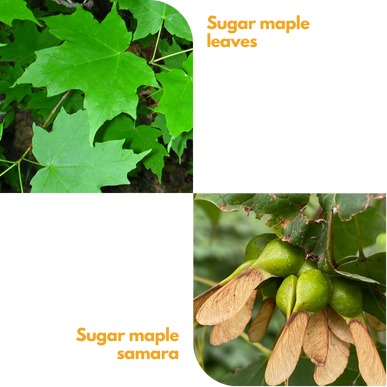
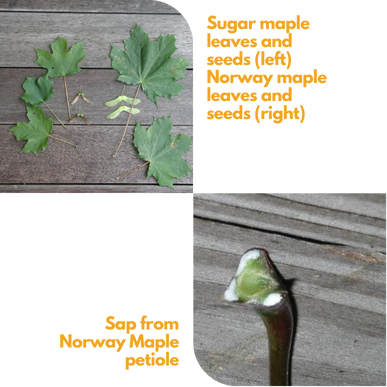
The fastest way to distinguish between the non-native Norway maple and the native sugar maple is to check the color of the sap that is released from the base of the petiole. If the sap is white then the tree is a Norway maple, but if it runs clear, it is a sugar maple, and you are good to collect the samaras.
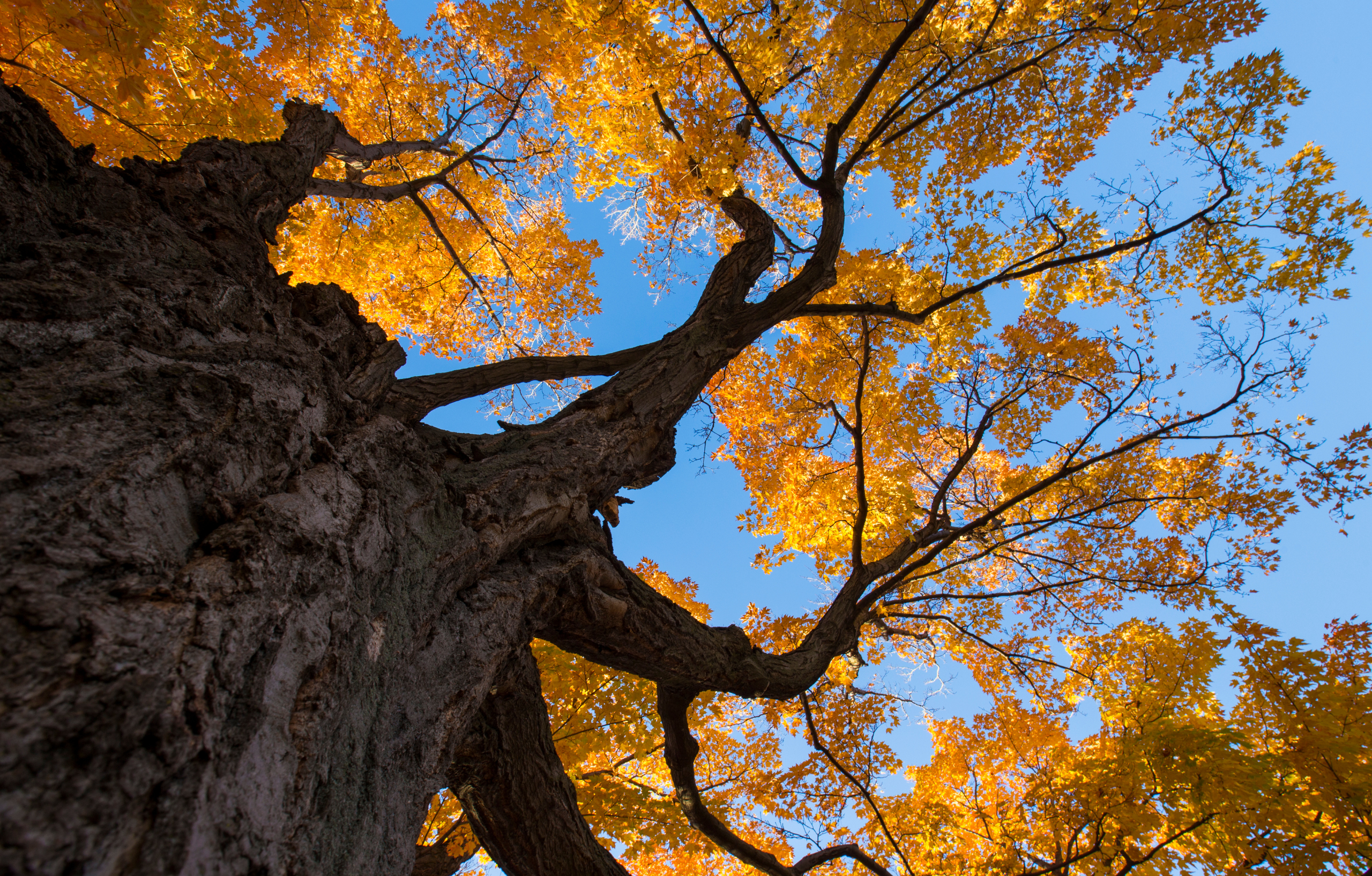
Harvest
Late September to October when the samaras (winged fruit) become brown in color
Storage
- Short term: spread out on a tray in a cool, dry location
- Can be stored for up to 5 years, though viability decreases after the first year
- Germination: cold stratify in the refrigerator around 34°F in starting medium for 35-90 days and plant in the spring
Dispersal
- Can be planted in the fall following harvest, apply mulch after planting and remove mulch the following spring
- Plant in an area that will have light shade during growing season
- Plant in well drained soil

Red maple (Acer rubrum)
Red maple resembles a sugar maple; however the margins of the leaves are serrated rather than smooth.
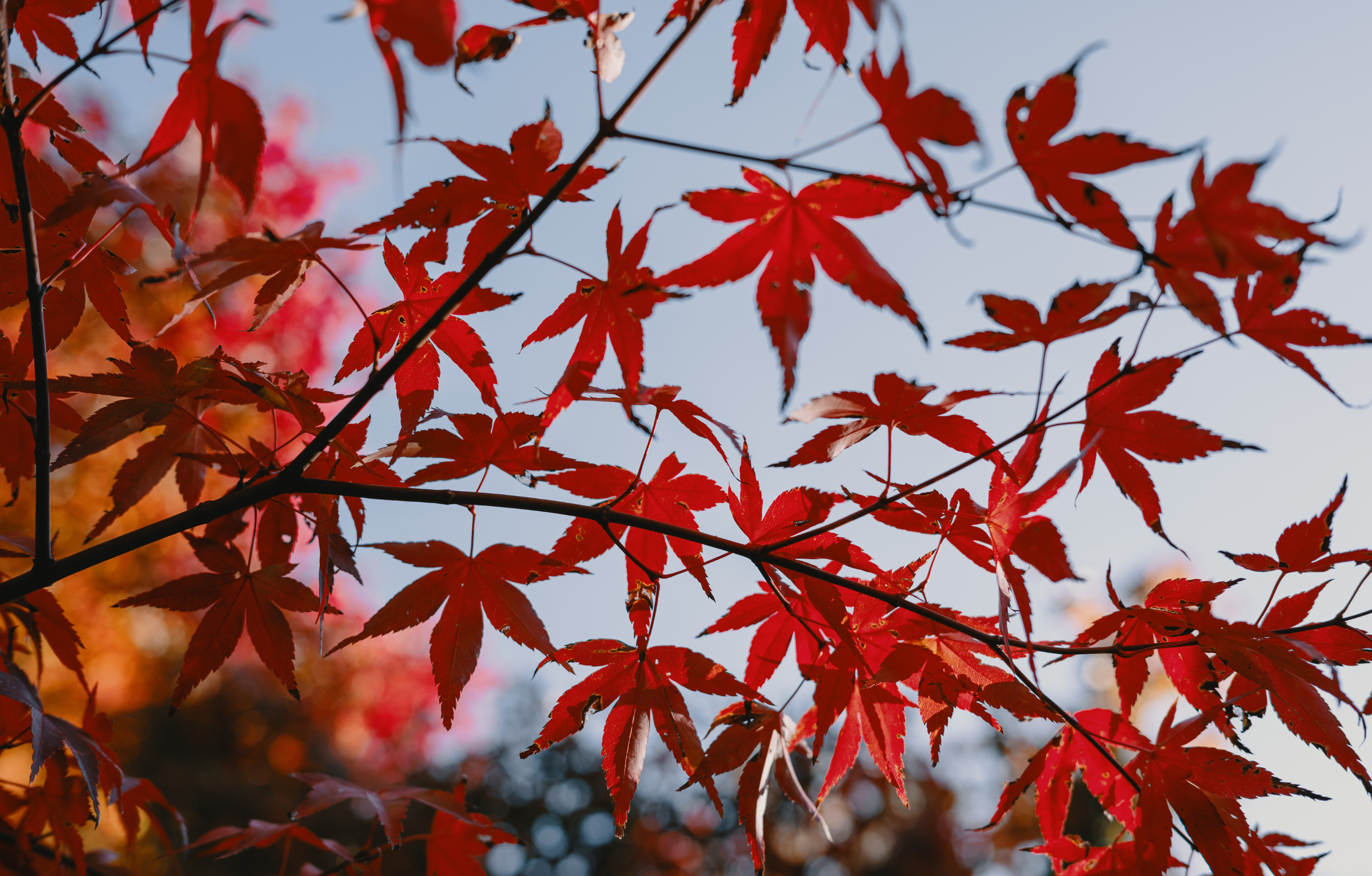
Harvest
May to June when the samaras become reddish tan in color
Storage
- Do not require a dormancy period
- Can be stored in the refrigerator if they are not allowed to dry out
- For longer storage periods, moisten starting medium in a sealable bag and store between 33-41°F for 60-90 days and plant in the fall
Dispersal
- Can be planted immediately after harvest or after stratification in the fall
- Moist areas, typically near streams or wetlands
Northern red oak (Quercus rubra)
Northern red oak is Prince Edward Island’s provincial tree, readily identified by its smooth, round fruit that sprouts from the tree with a beret style attachment. The lobes of the northern red oak leaves come to a sharp point and are not to be confused with the non-native English oak which are rounded at the lobe margins.
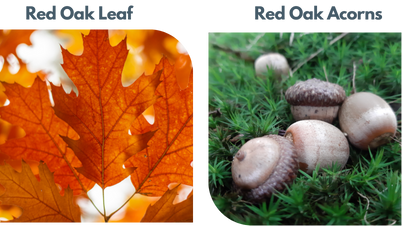
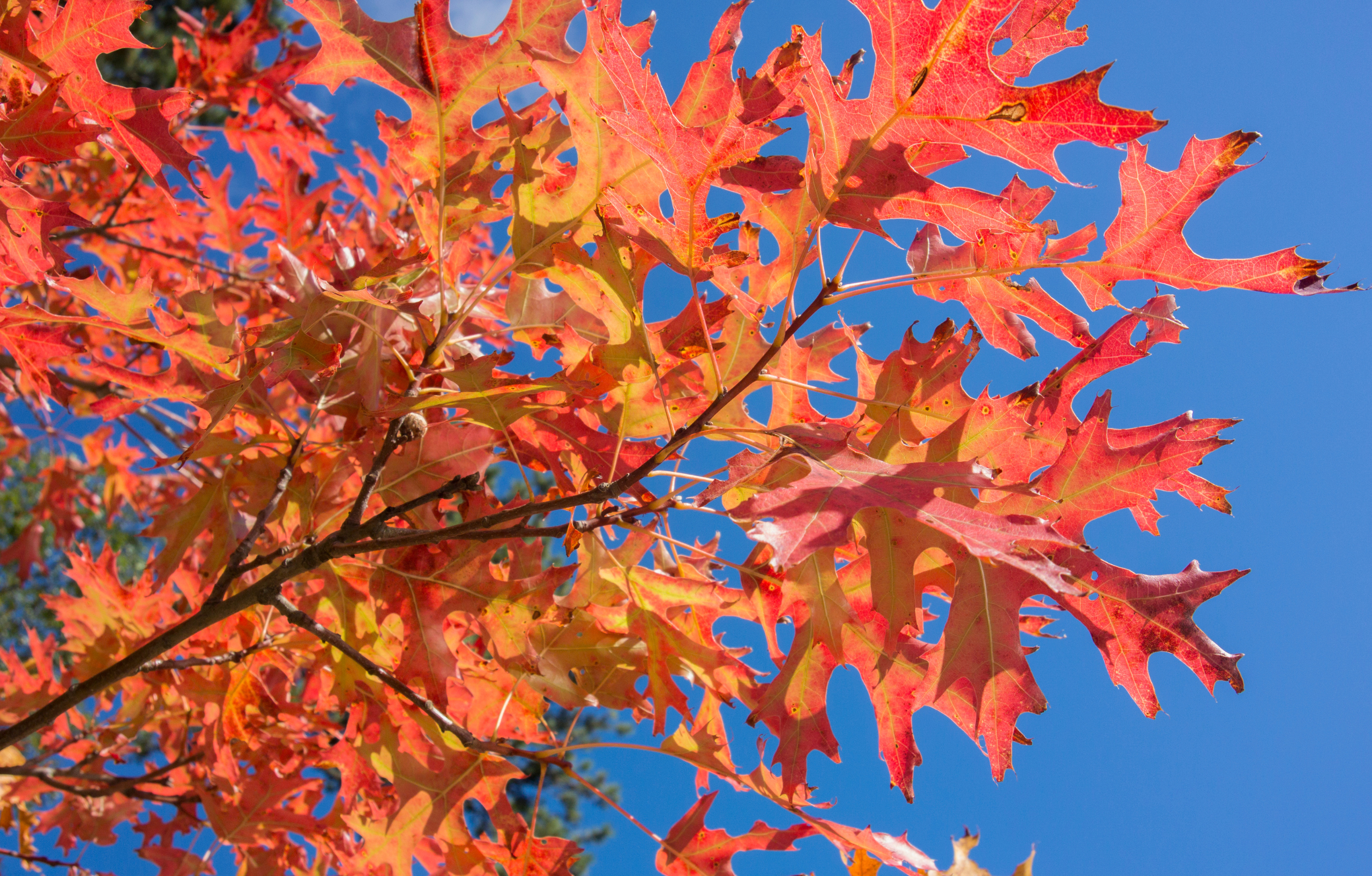
Harvest
- Mid-September to October when they start to drop to the ground
- Inspect and discard acorns with holes
Storage
- Require a dormancy period prior to planting
- Store in a sealable bag with moist starting medium in the refrigerator around 40°F for 42 days
Dispersal
- Can be planted in the fall to be dormant and naturally germinate through the winter months
- Germination is most successful when covered by a soil or leaf litter layer
- Not tolerant of overly wet areas
Yellow birch (Betula alleganiensis)
The yellow birch is the longest living of the birches on the island and is readily identified when comparing the bark. The bark of the yellow birch separates in thinner strips and has a golden hue rather than white like paper birch and gray birch.
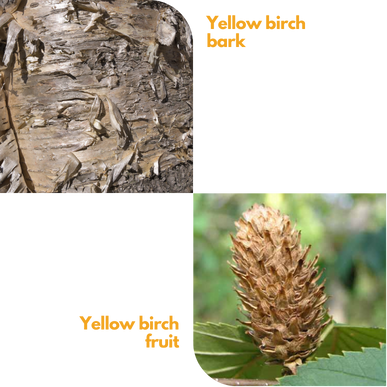
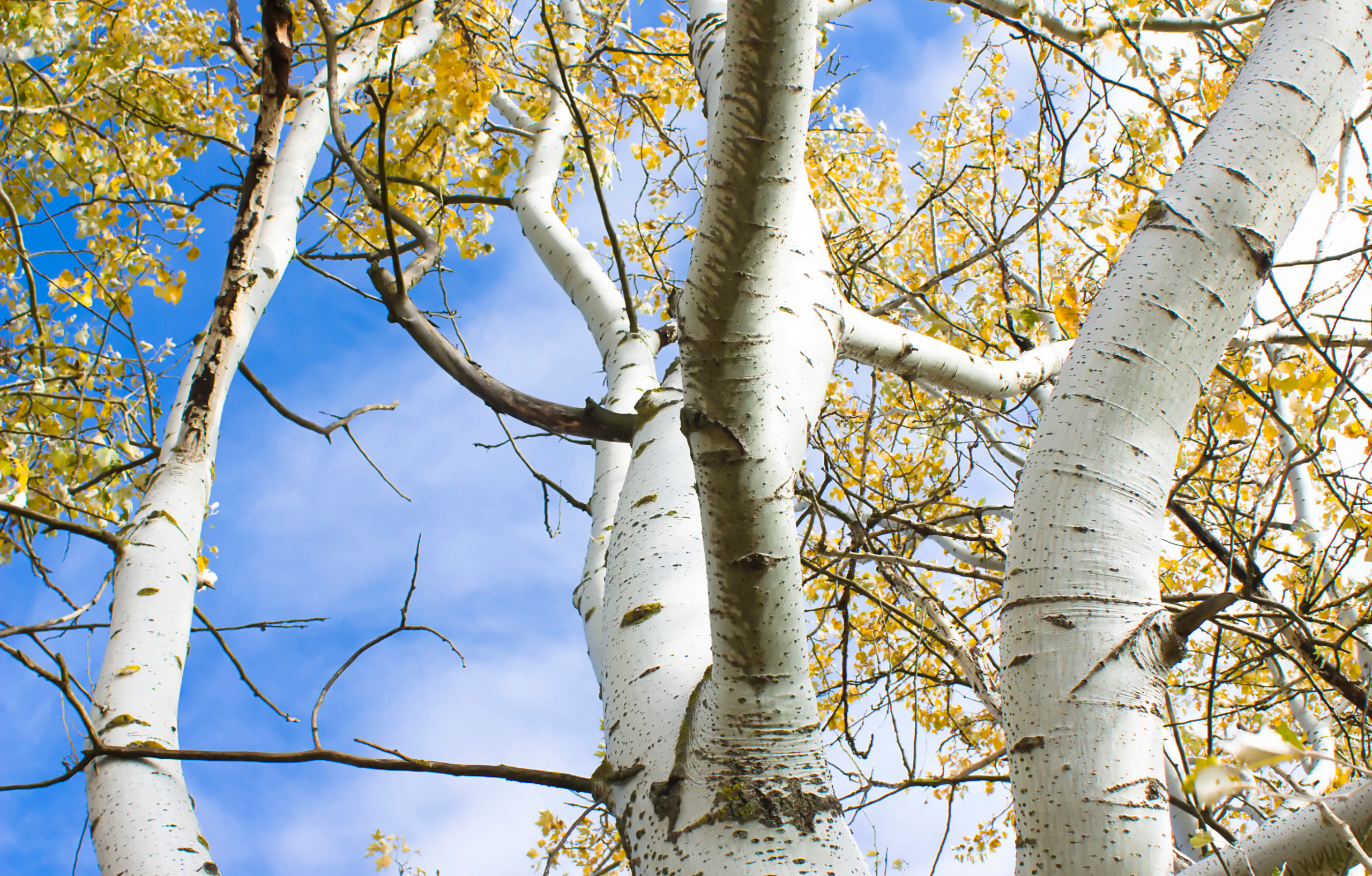
Harvest
- Often too high to harvest by hand, so they can be collected by laying a sheet out below mature tree -seeds fall from trees naturally in October
- Seeds are incased in bracts and can be processed easily by running the bracts over a strainer, allowing the smaller seeds to fall through the strainer
Storage
- Seeds can be stored in a refrigerator in tightly sealed containers for up to 4 years
- Requires a stratification period to germinate before planting, store in sealable bag with moistened starting medium in the refrigerator between 32.5°F and 39°F for 30 to 60 days
Dispersal
- In the spring, sprinkle seeds on top of soil without covering.
- Requires sunlight to germinate but loses viability when they become too dry, so plant in a moist area or somewhere that is accessible to water them
Ensure you know the species you are collecting seeds from before planting.
Learn more about potential invasive species from the Invasive Species Council, as well as the native, Wabinaki – Acadian forest species and the conditions in which they thrive from the MacPhail Woods Ecological Forestry Project

Be A Champion For Nature
We all share a unique connection to nature, and our supporters express it in diverse ways.
They are our Champions of Nature, coming from various backgrounds – from hands-on volunteers to
digital advocates, creative fundraisers, and generous donors.
What kind of Champion for Nature are you?

Are you passionate about hands-on conservation efforts or getting directly involved in nature protection?

Are you interested in supporting nature through financial contributions or potentially donating land for long-term protection?

Are you an artisan or entrepreneur and enjoy using your creativity to raise funds for nature conservation?

Do you love using your voice to raise awareness and advocate for environmental causes in your community?
Get in touch
Connect with our team
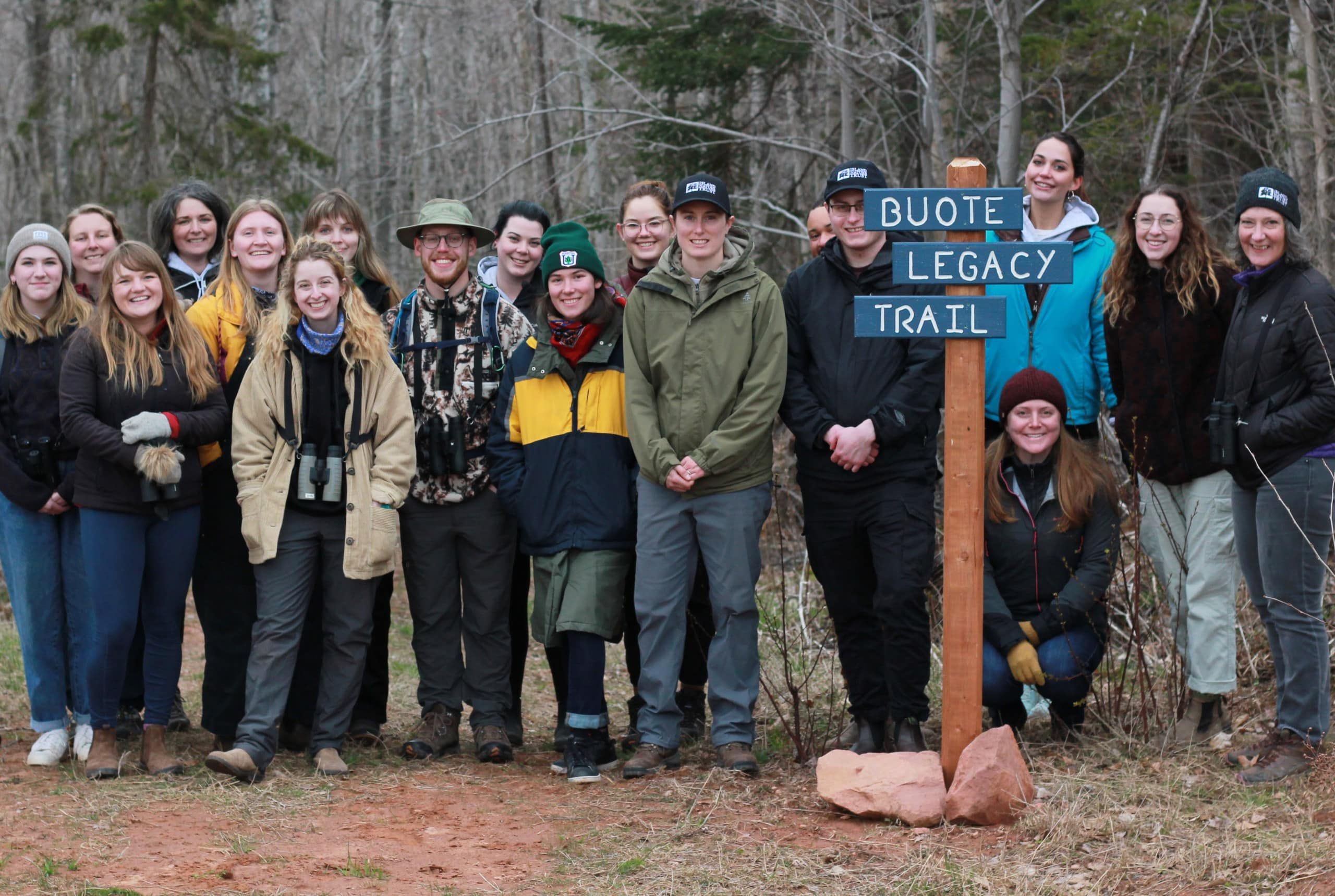
Sign up
To Our
Newsletter
Be the first to know about
future events, news and
campaigns.
Follow Us
#givingbacktonature
